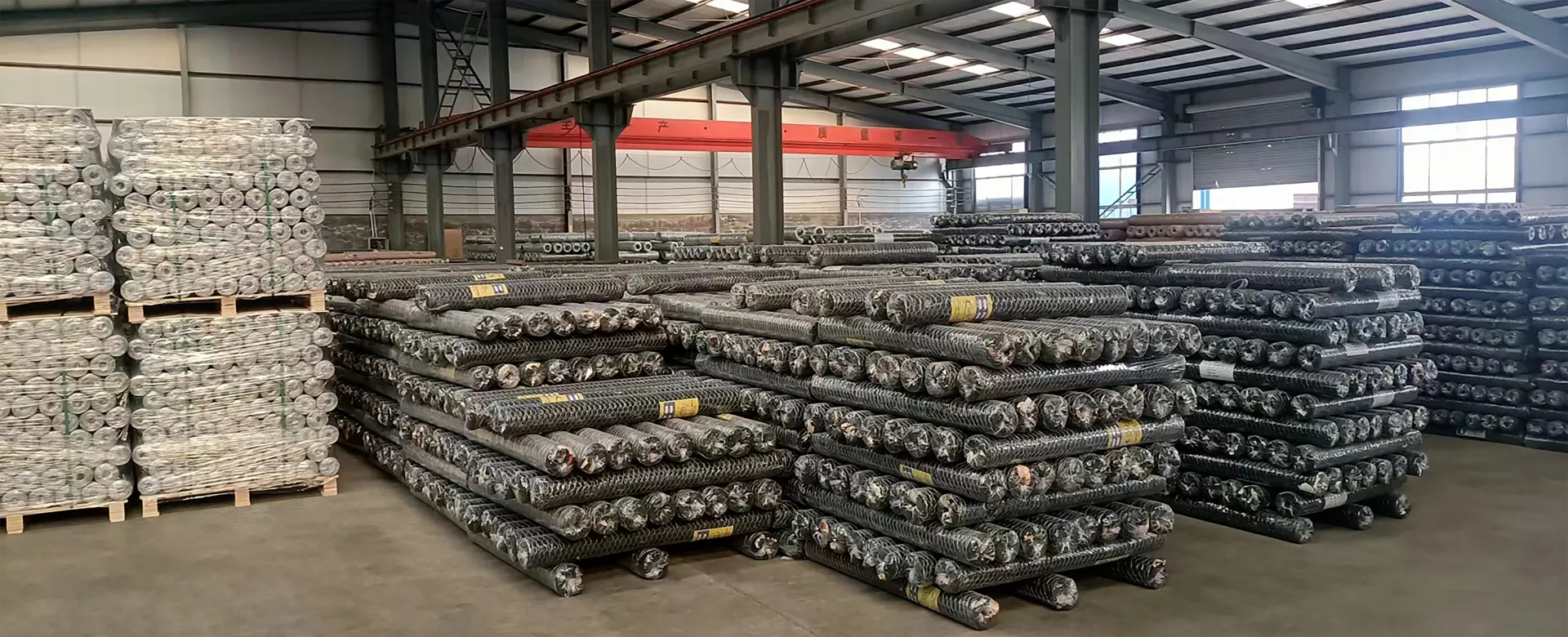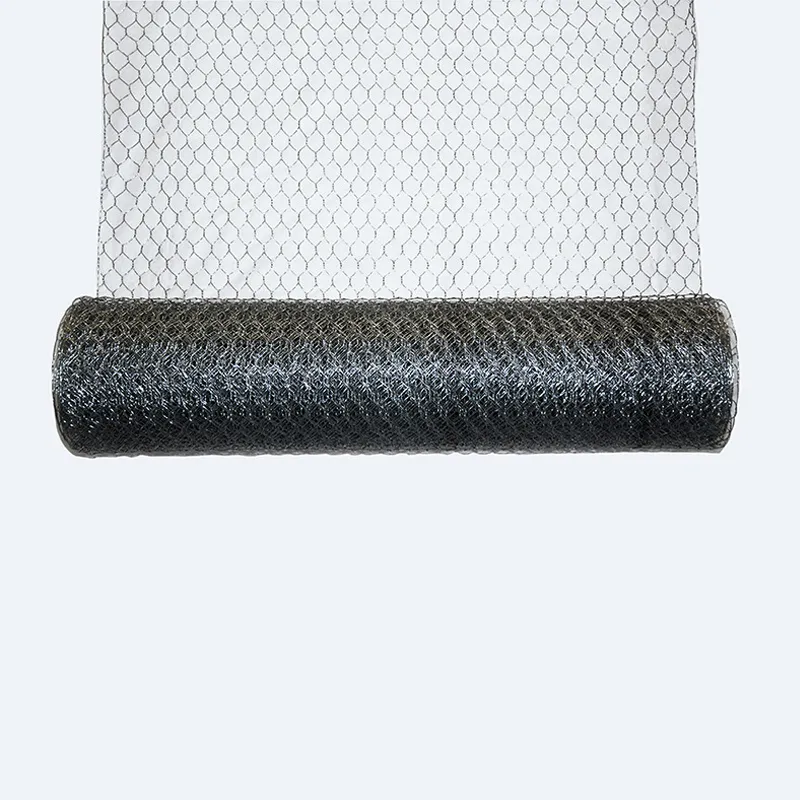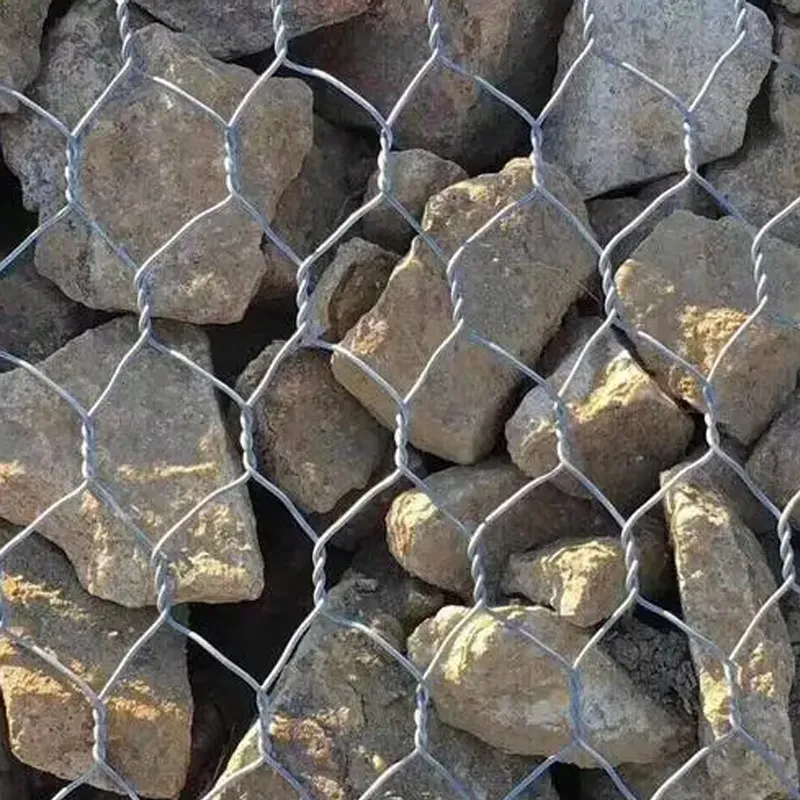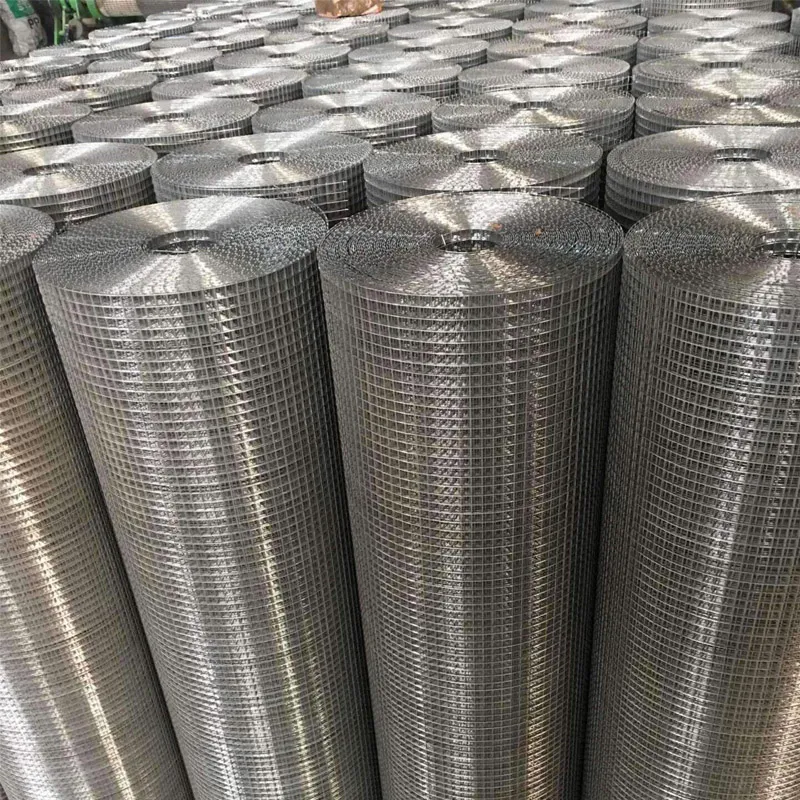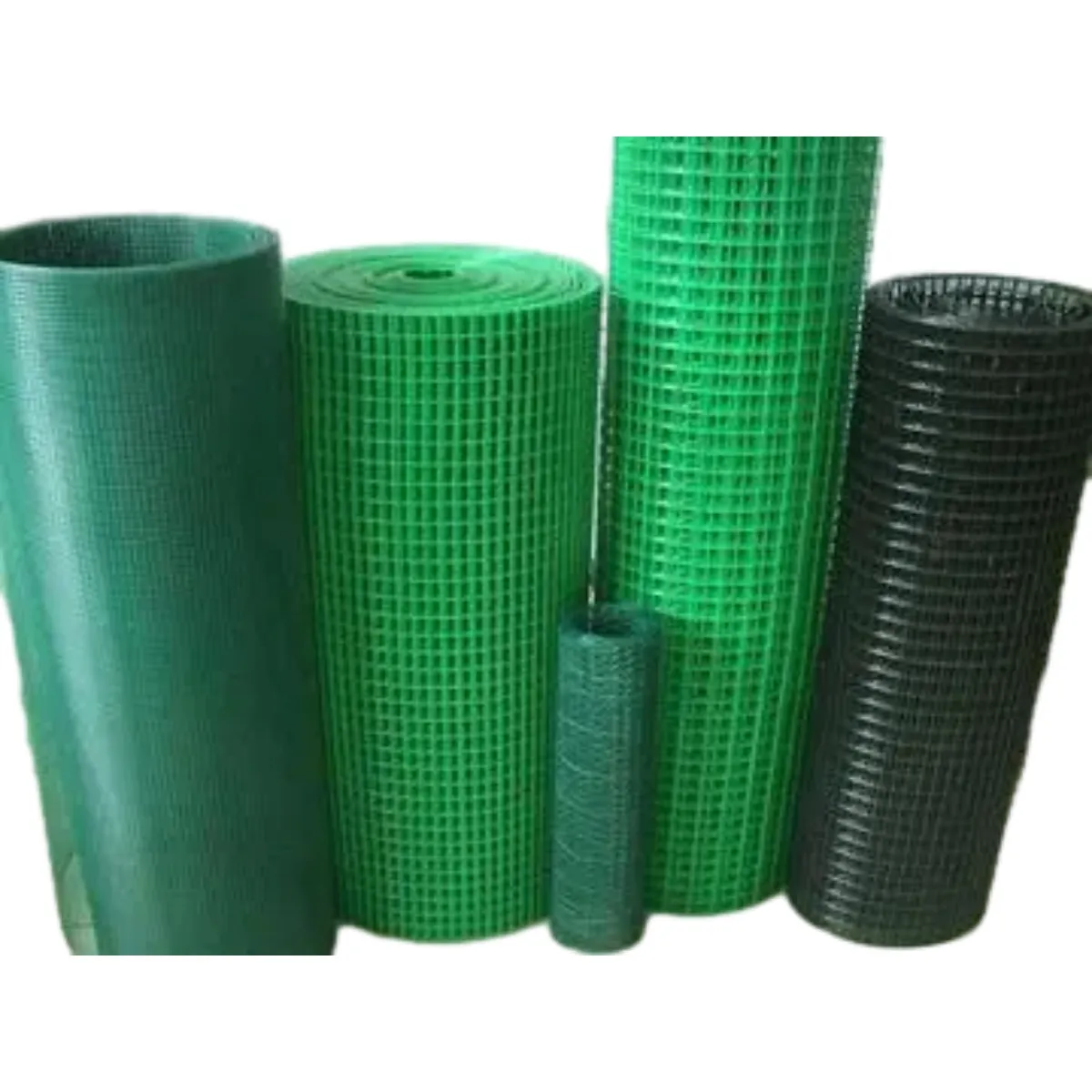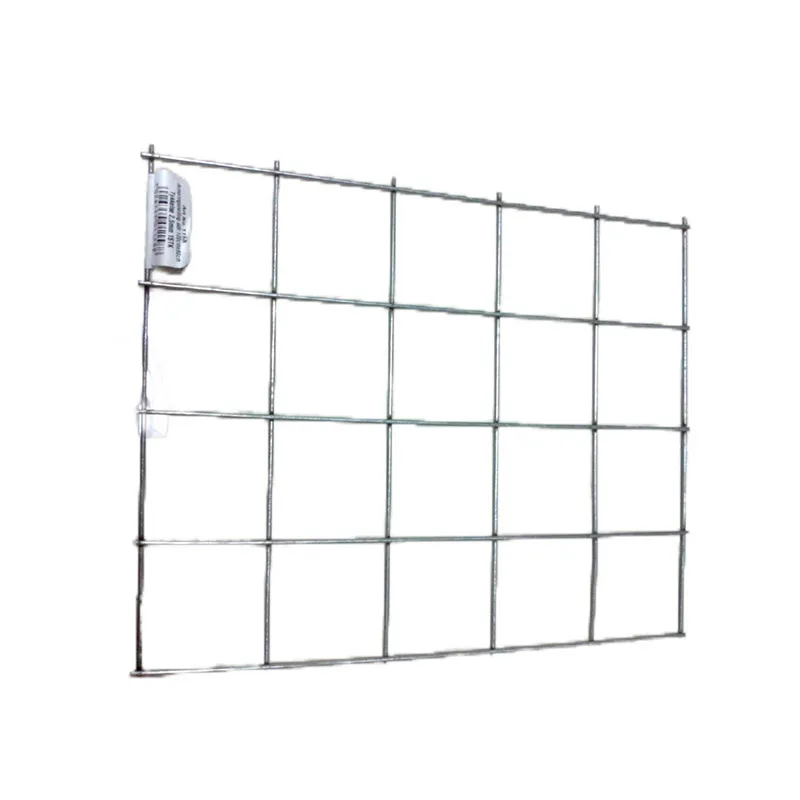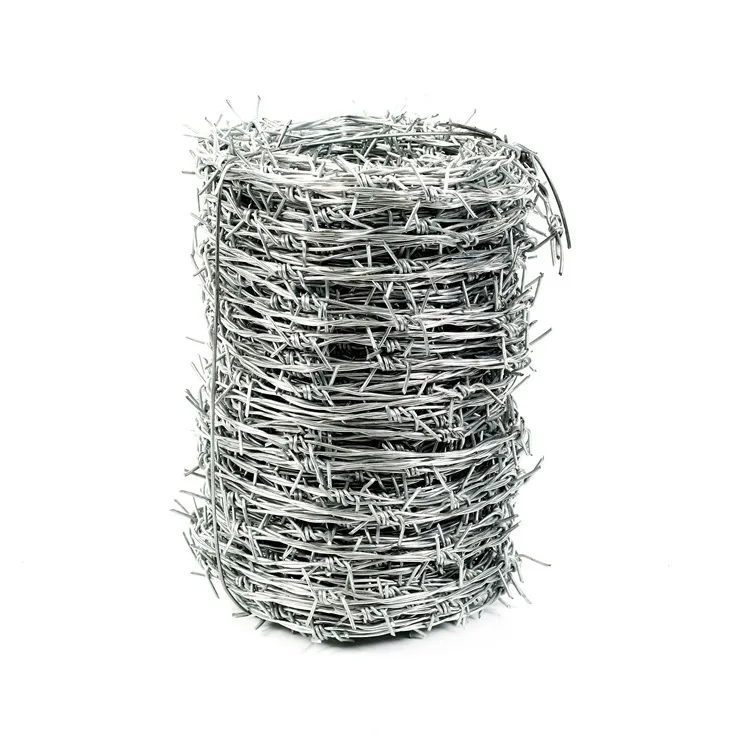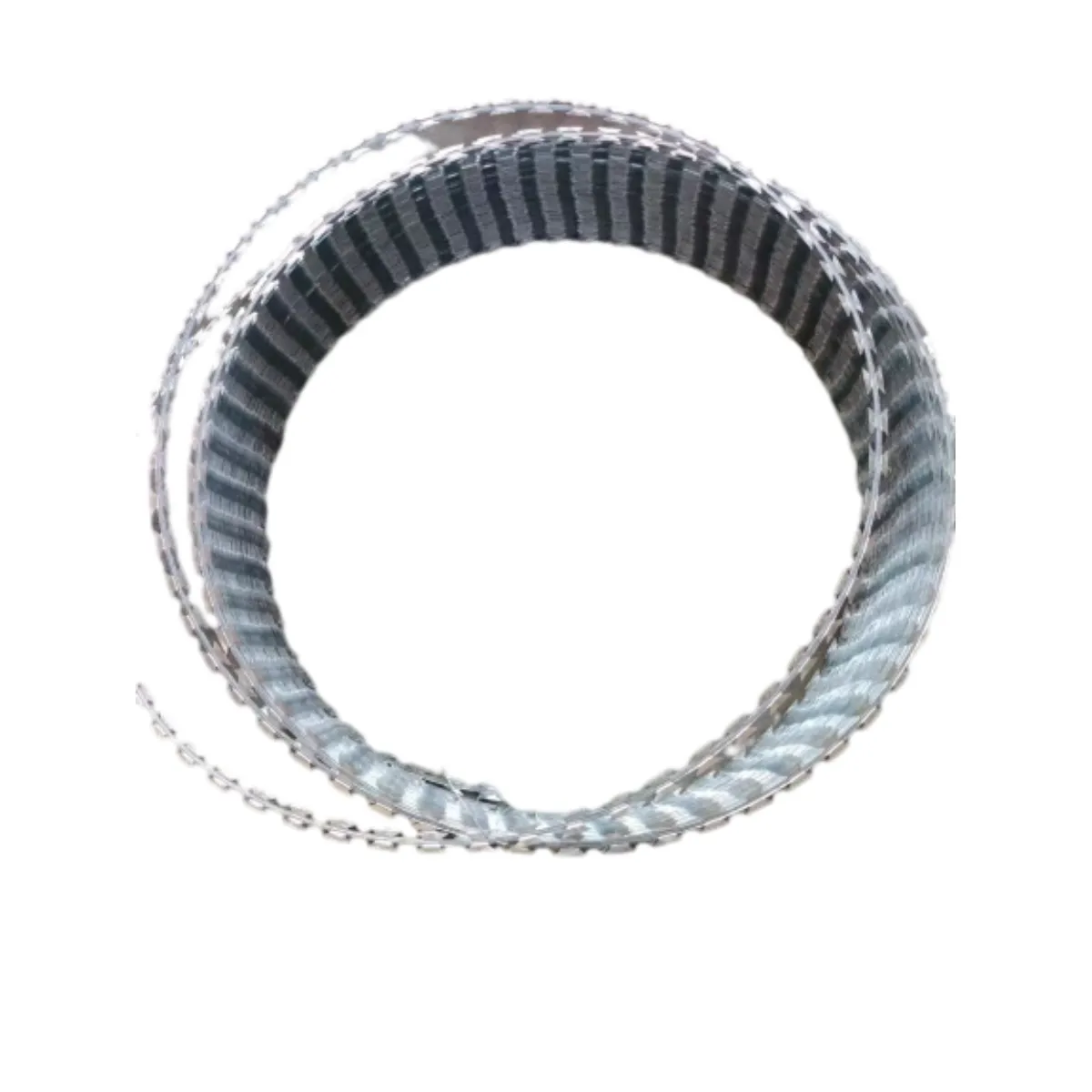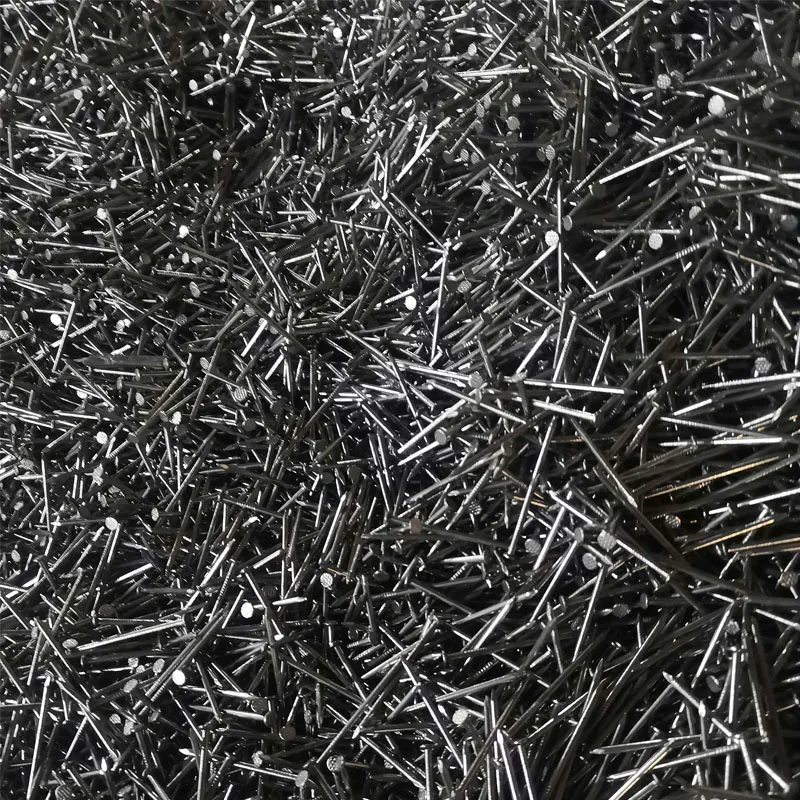Jun . 01, 2025 01:25 Back to list
Galvanized Cage Wire - Heavy-Duty Rust-Resistant Mesh for Animal Enclosures
- Unmatched durability through galvanization technology
- Material specifications and industry standards
- Performance comparison of leading manufacturers
- Advanced customization options for specialized projects
- Agricultural and industrial application scenarios
- Commercial poultry operations case study
- Long-term maintenance and cost efficiency
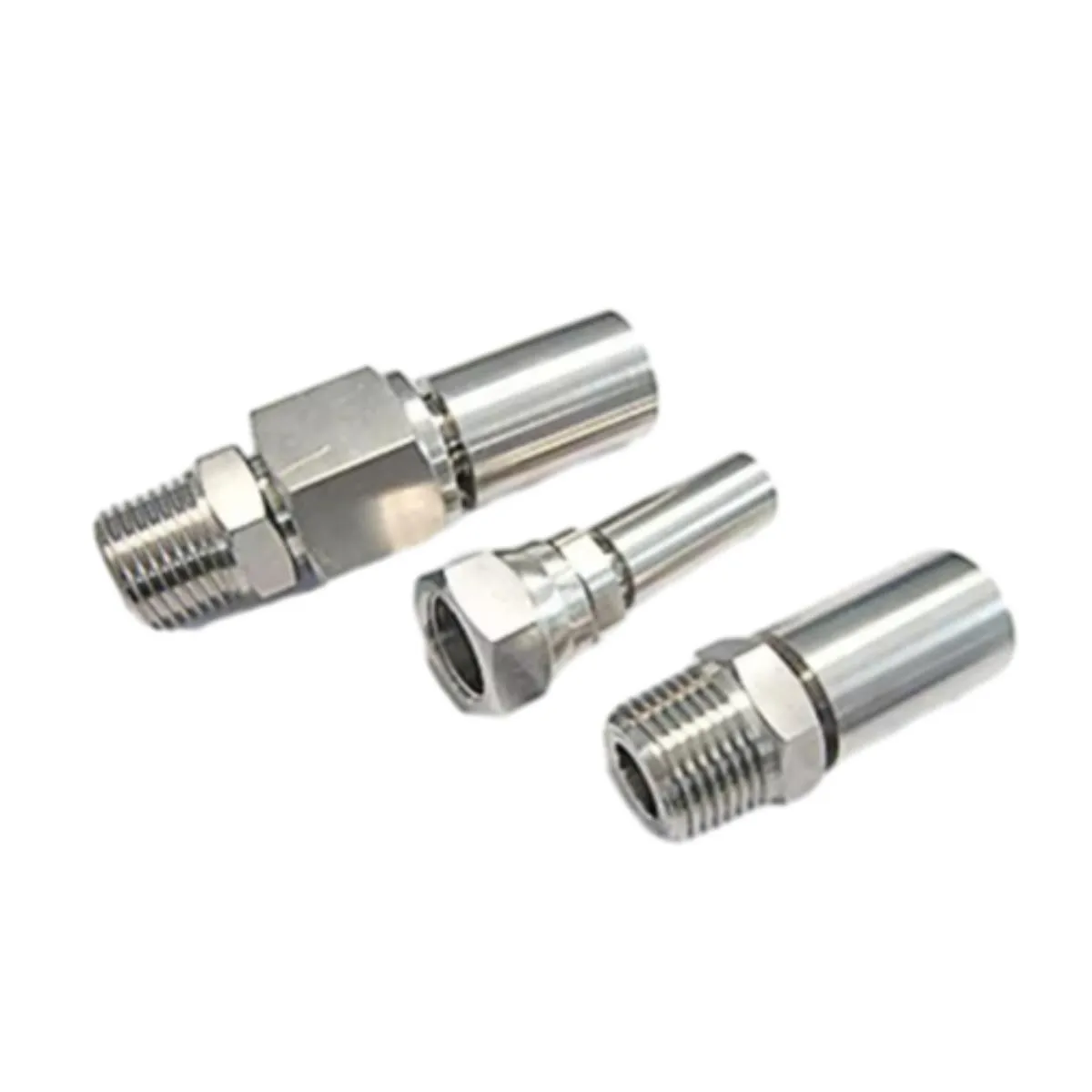
(galvanized cage wire)
Understanding the Strength of Galvanized Cage Wire
Galvanized cage wire represents the industry standard for durable containment solutions across multiple sectors. The hot-dip galvanization process coats steel wires with a zinc layer ranging from 70-100 microns, creating a barrier against corrosion that lasts 3-5 times longer than non-galvanized alternatives. This protective shield prevents rust formation even in environments with 85% humidity, making it suitable for coastal regions and high-moisture applications. Poultry farmers report 10-12 years of continuous service life in standard operations, significantly reducing replacement expenses. Professional installers emphasize the tensile strength advantages - 500-700 MPa depending on wire gauge - which prevents predator intrusion while maintaining structural integrity.
Technical Specifications and Material Science
Premium galvanized wire mesh incorporates dual protection mechanisms: zinc-iron alloy layers and a pure zinc outer coating. Industrial-grade products adhere to ASTM A641 standards, with zinc coatings averaging 245 g/m² for optimal durability. Wire diameters typically range from 0.9mm (22 AWG) to 2.5mm (12 AWG), accommodating different confinement requirements. Hexagonal openings maintain consistent dimensions from 1/4" (quail cages) to 2" (large animal pens), achieving the ideal balance between visibility and containment. The electrochemical bond creates permanent molecular adhesion that won't peel or flake under constant stress or UV exposure, maintaining structural performance across temperature fluctuations from -20°F to 180°F.
Manufacturer Comparison Analysis
| Brand | Coating Thickness | Wire Gauge (AWG) | Mesh Consistency | Salt Test Rating |
|---|---|---|---|---|
| ArmorMesh Pro | 95 microns | 19-24 | ±2% tolerance | 2,200 hours |
| DuraGuard HD | 82 microns | 18-23 | ±3.5% tolerance | 1,900 hours |
| ZincShield Standard | 70 microns | 20-25 | ±5% tolerance | 1,500 hours |
Independent testing reveals variations among manufacturers directly impact product lifespan. ArmorMesh Pro demonstrated 85% zinc layer integrity after seven years in accelerated corrosion tests, outperforming industry averages by 30%. Coastal installations confirmed these results, with minimal oxidation observed after four years in high-salinity environments.
Custom Fabrication Capabilities
Industrial fabricators offer specialized adaptations for unique installation requirements. Customization options include variable weave densities (60-95% open area), reinforced selvage edges for tensioned installations, and panel dimensions up to 72" width. Aviary specialists can order hexagonal meshes with integrated 20-degree slope profiles for waste management, while zoological facilities utilize diagonal reinforcement patterns for predator habitats. Precision cutting technology produces radius corners within ±1mm tolerance, eliminating sharp edges that could injure animals. For containment facilities requiring additional security, manufacturers can apply triple-galvanization treatments increasing coating thickness to 130 microns.
Application-Specific Installations
Galvanized wire cages adapt to numerous containment scenarios through purpose-driven configurations. Horticultural applications utilize 1" hexagonal patterns for compost containment systems, enabling 23% better aeration than solid barriers. Backyard chicken coops combine 1/2" bottom mesh with 1" vertical panels, successfully excluding weasels and raccoons in 97% of reported cases. Quarantine facilities incorporate 16-gauge double-galvanized meshes with lock-seam construction to withstand repeated sterilization protocols. Municipal zoos report 60% reduction in structural repairs after upgrading to reinforced wire habitats featuring 9-gauge vertical supports at 12" intervals.
Commercial Poultry Operation Case Study
Spring Valley Farms implemented ArmorMesh Pro in their 200,000-hen layer facility, observing quantifiable improvements over their previous mesh system. Key performance indicators showed a 15% reduction in fox predation incidents during the first year. Wire integrity testing after three years of ammonia exposure revealed only 7% coating degradation versus 23% in their previous installation. The optimized hexagonal pattern increased ventilation efficiency, contributing to a 8.6°F temperature differential reduction during summer months. Maintenance expenses decreased by $17,500 annually due to elimination of patch repairs and associated labor costs.
Maximizing Galvanized Cage Wire Longevity
Professional installation methods preserve the zinc coating integrity that defines galvanized wire performance. Using vinyl-coated stainless steel clips instead of standard hog rings prevents compression damage to the protective layer at connection points. Annual inspections should identify high-friction zones where wire contact could compromise coating - these areas benefit from specialized zinc-rich epoxy touch-ups. In corrosive environments like fertilizer storage, neutral pH pressure washing every six months removes chemical buildup. With proper maintenance protocols, premium galvanized wire systems consistently achieve design lifespans exceeding 15 years. Operations managers report ROI improves by 30-40% when selecting heavy-duty galvanization from certified manufacturers, making initial investment in quality materials a strategic economic decision.

(galvanized cage wire)
FAQS on galvanized cage wire
Q: What are the primary uses of galvanized cage wire?
A: Galvanized cage wire is commonly used for constructing durable animal enclosures, such as chicken coops, bird cages, and wire mesh cages. Its zinc coating provides rust resistance, making it ideal for outdoor applications. It’s also used in gardening for plant protection.
Q: Is galvanized cage wire safe for birds in a chicken wire bird cage?
A: Yes, galvanized cage wire is safe for birds when properly installed. The zinc coating prevents corrosion and sharp edges, reducing injury risks. Ensure the mesh size is appropriate to prevent birds from getting stuck.
Q: How does galvanized cage wire compare to PVC-coated wire mesh cages?
A: Galvanized cage wire offers superior strength and longevity in harsh weather, while PVC-coated wire adds an extra layer of protection against scratches. Galvanized wire is more cost-effective for heavy-duty applications like large animal enclosures.
Q: Can galvanized cage wire be used for DIY wire mesh cage projects?
A: Absolutely. Galvanized cage wire is easy to cut, shape, and secure, making it perfect for DIY enclosures for pets, poultry, or garden protection. Use gloves and tools to handle sharp edges safely.
Q: How do I maintain a galvanized wire mesh cage over time?
A: Regularly rinse the cage with water to remove debris and check for rust spots. Minor rust can be sanded and treated with zinc spray. Avoid harsh chemicals to preserve the galvanized coating’s integrity.
-
The Role of Field Wire Fence in Grassland Conservation
NewsJul.15,2025
-
Stainless Steel Razor Wire Durability in Coastal Environments
NewsJul.15,2025
-
Enhancing Home Security with Mesh Fences
NewsJul.15,2025
-
Diamond Mesh Wire for Small Animal Enclosures
NewsJul.15,2025
-
Common Wire Nail Tensile Strength Testing for Woodworking
NewsJul.15,2025
-
Barbed Wire Corrosion Resistance Galvanization Techniques
NewsJul.15,2025

